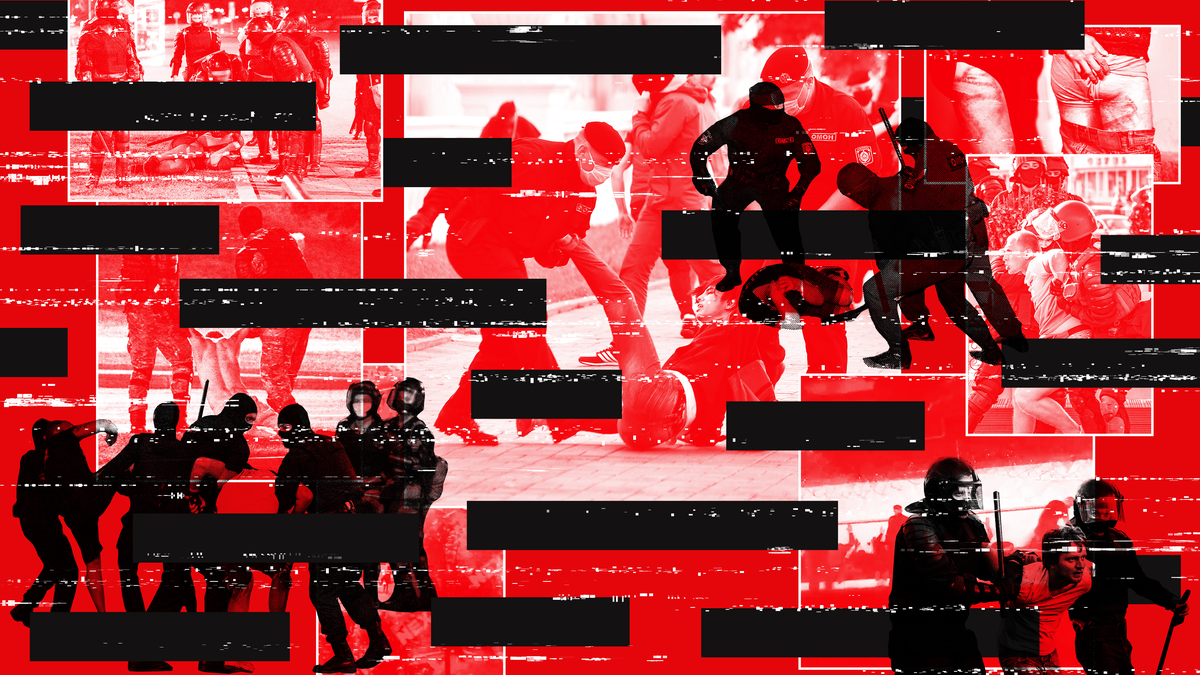In early August, Belarus—sometimes called Europe’s last dictatorship—went almost entirely offline for 72 hours. On Wednesday, Aug. 26, for approximately one hour, Belarus shut down key parts of the capital’s internet once again; allegedly, the order had come directly from official state bodies.
The earlier outage disrupted communication across the protesting nation, but a slow trickle of footage, largely via minor Telegram channel NEXTA Live, broadcasted riot police attacking peaceful protesters and deploying rubber bullets and stun grenades; phone videos shot from balconies revealed guards violently beating detainees in prison yards.
“We enabled our anti-censorship tools in Belarus so that Telegram remained available for most users there. However, the connection is still very unstable as internet is at times shut off completely in the country,” Telegram founder Pavel Durov wrote on Twitter on Aug. 10.
The NEXTA Live Telegram channel, run by 22-year-old Stepan Putilo and based in Poland, saw its user base explode in a matter of days. At the beginning of the protests, only a few hundred thousand people knew of its existence. Now, it has more than 2 million subscribers.
More info at Belarus Turned Off the Internet. Its Citizens Hot-Wired It.
#technology #security #censorship #alternativesto
In early August, Belarus—sometimes called Europe’s last dictatorship—went almost entirely offline for 72 hours. On Wednesday, Aug. 26, for approximately one hour, Belarus shut down key parts of the capital’s internet once again; allegedly, the order had come directly from official state bodies.

